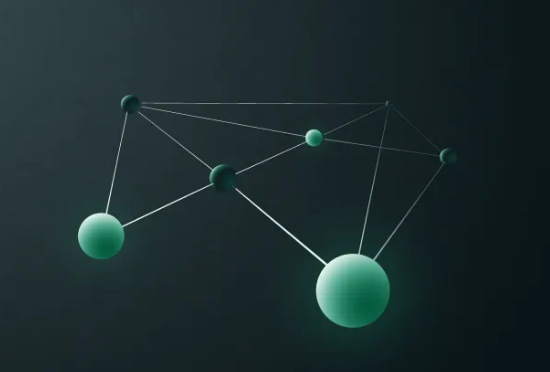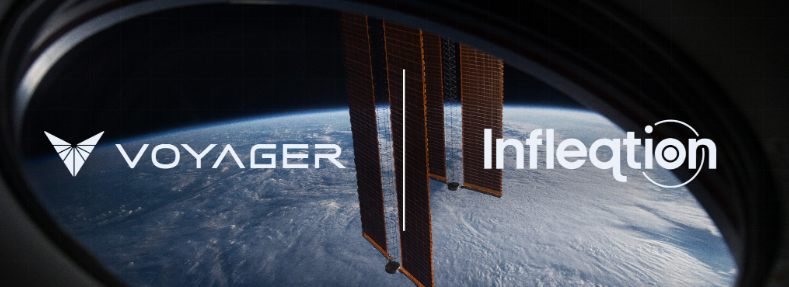Insider Brief
- A new Nature survey of over 1,100 researchers reveals that physicists remain sharply divided on the interpretation of quantum mechanics, even 100 years after its development.
- The most popular interpretation, Copenhagen, was selected by only 36% of respondents, with others favoring Many Worlds, Bohmian mechanics, or epistemic approaches like QBism.
- Despite agreement on the mathematics and predictions of quantum theory, most interpretations remain experimentally indistinguishable and reflect deep philosophical differences about the nature of reality.
The International Year of Quantum celebrates a century of progress in quantum science. The quantum technology community serves as “exhibit A” of the power of quantum science to create real-world applications. But, a century after quantum mechanics upended classical views of reality, the physics community remains deeply divided over what the theory actually means — and even whether there is a “real world”.
In fact, quantum theory’s unmatched success in predicting the outcomes of experiments and enabling technologies from lasers to quantum computers has not led to any form of consensus on the meaning of the theory. Researchers disagree — often sharply — about what lies behind its equations. Is the quantum wavefunction a real physical thing or just a tool to calculate probabilities? Do particles have properties before we observe them, or does observation create reality? These questions are still unsettled.
Now, a new survey by the journal Nature, sent to more than 15,000 researchers and with over 1,100 respondents, continues to show that quantum mechanics remains more philosophically fractured than any other field in physics. The largest study of its kind, it lays bare a startling fact: even those who dedicate their careers to quantum science can’t agree on its most basic conceptual foundations.

A Fractured Consensus
The Nature survey asked scientists what interpretation of quantum mechanics they preferred — that is, how they understand the reality behind the math. The top answer, though far from even a majority, selected by 36% of respondents, was the Copenhagen interpretation, a framework developed by Niels Bohr and Werner Heisenberg in the 1920s. It’s also the version most physicists learn in school.
Copenhagen suggests that particles exist in a haze of possibilities — often described by a mathematical object called a wavefunction — until they are observed. Observation then “collapses” the wavefunction into a definite state. But even Copenhagen adherents don’t agree on what that wavefunction really is. Among respondents who chose Copenhagen, only 29% said they believed the wavefunction describes something real. Nearly two-thirds said it simply encodes information or probabilities.
Other interpretations — from the metaphysically ambitious Many Worlds theory to the hidden variables of Bohmian mechanics — also retain small, but dedicated followings. Many Worlds, which argues that all possible outcomes of a quantum measurement actually occur in parallel universes, was selected by 15% of respondents. Bohmian mechanics, which restores determinism with guiding “pilot waves,” earned 7%.
Renato Renner, a physicist at ETH Zurich who studies quantum foundations, was struck by how few respondents were confident in their chosen interpretation. Just 24% said they thought their favored interpretation was actually correct. Others said it was merely useful, or the least problematic among poor options.
This suggests that many physicists are effectively taking the ‘shut up and calculate’ approach, Renner said, referring to a famous phrase coined by physicist David Mermin. Researchers use quantum mechanics to make predictions but don’t spend much time thinking about what it means.
Not that there’s anything wrong with that, Renner, who works on the foundations of quantum mechanics, suggested in a Seinfeldian response. Focusing on the calculations aspect of quantum science can be a good thing.
“We wouldn’t have a quantum computer if everyone was like me,” he said, according to Nature.
Competing Views, Same Equations
Unlike debates in other areas of science, the various interpretations of quantum mechanics all lead to the same experimental predictions — at least with today’s technology — making them nearly impossible to distinguish through measurement alone. But the Nature survey highlights a critical tension: physicists agree on how to do quantum mechanics, but not on what quantum mechanics says about reality.
One question asked whether the wavefunction is a real, physical entity or just a calculational tool. Roughly 36% said it is real, while 47% said it is not.
Another 8% said it represents subjective belief. That means, as discussed below, these survey-takers see the wavefunction not as a physical object or even a general statistical tool, but as a personal expression of what an individual observer believes will happen in a measurement.
Respondents also split evenly on whether there is a hard boundary between the quantum and classical worlds. Some see measurement as the point where quantum fuzziness gives way to definite outcomes. Others say no such dividing line exists.
Perhaps most revealing, when asked about specific quantum experiments — like the famous double-slit experiment — researchers offered incompatible answers. Thirty-one percent said an unobserved electron goes through both slits. Fourteen percent said it goes through only one. Nearly half said the question itself is meaningless.
Why the Disconnect?
The study suggests the disconnect is hardened by how deeply scientists probe quantum theory. According to the survey, respondents whose research focuses on philosophy or quantum foundations were the least likely to favour the Copenhagen interpretation, only 20% selecting it.
According to Carlo Rovelli, a theoretical physicist at Aix-Marseille University and founder of the relational quantum mechanics interpretation, many physicists stick with Copenhagen because it works well enough for experiments and engineering.
“If I use quantum mechanics in my lab every day, I don’t need to go past Copenhagen,” Rovelli said.
However, researchers who apply thought experiments that probe quantum more deeply find that, as Rovelli told Nature, “Copenhagen is not enough.”
Others argue that Copenhagen’s dominance stems more from historical inertia than intellectual rigor. Critics like Elise Crull, a philosopher of physics at City University of New York, say many physicists never seriously question it.
“My feeling is that physicists haven’t reflected,” Crull told Nature.
Researchers who work on the philosophical foundations of quantum mechanics were more likely to endorse relational interpretations, epistemic views, or Many Worlds, the Nature survey added.
An Evolving Landscape
The survey also revealed growing support for “epistemic” interpretations — those that treat the wavefunction not as a description of reality, but as a reflection of our knowledge or beliefs about outcomes. In a 2016 survey, only about 7% of respondents took this view. In the new Nature poll, the number was closer to 17%.
One such interpretation is QBism (Quantum Bayesianism), which treats the wavefunction as personal to the observer, reflecting their subjective probabilities for measurement outcomes. Another, relational quantum mechanics, holds that properties exist only in relation to the system doing the observing.
These interpretations may seem extreme, but they share a cautious spirit: avoid making ontological claims the theory can’t support.
As ETH physicist Ladina Hausmann put it, “It doesn’t require me to assume anything beyond how we use the quantum state in practice.”
Still, epistemic views face pushback. Robert Spekkens of the Perimeter Institute told Nature that many physicists are “just drinking the Kool-Aid of the Copenhagen philosophy without examining it”
But he believes better answers are out there.
“Once we find the correct interpretation, it will announce itself by virtue of offering more coherence than anything before,” Spekkens said, according to Nature. “I think we should aim for that.”
Quantum Trade-Offs
All interpretations demand trade-offs. Accept Many Worlds, and you must believe in an ever-branching cosmos of unreachable universes. Prefer Bohmian mechanics, and you must accept hidden variables and non-local effects. Embrace QBism, and you must discard a single shared reality.
For most physicists, these philosophical costs are too high. The result is what Nature calls a “fractured consensus,” where most practitioners accept that the math works and leave metaphysics to others. But even pragmatists recognize the importance of foundational work. Some 86% of survey respondents said interpretations are a valuable pursuit.
What Comes Next?
Despite the murkiness, some physicists believe experiments could one day decide between interpretations. About 58% of survey respondents agreed that empirical tests could help settle the debate. Already, John Bell’s theorem has ruled out certain classes of realist, local theories.
New avenues are emerging. Researchers are testing quantum tunneling speeds, scaling up quantum effects to biological systems, and probing where quantum mechanics and gravity might meet, which is a frontier that may force new thinking altogether.
Google’s Hartmut Neven has even suggested that the company’s quantum processor may provide indirect support for the Many Worlds interpretation, citing computations that would take longer than the age of the universe on a classical machine.
Yet for all the possibilities, the core issue remains: quantum mechanics delivers dazzlingly precise predictions, yet offers no consensus on what it describes. That paradox, 100 years in, remains the unfinished revolution.
Or as Carlton Caves, a physicist at the University of New Mexico, put it: “It’s just embarrassing that we don’t have a story to tell people about what reality is.”
For now, the only thing physicists seem to agree on is that they don’t agree — and maybe, that’s part of the point.
Crull even disagrees about interpretations on disagreeing, telling Nature, “…it’s not leading to chaos and it’s not embarrassing. It’s leading to progress, to creativity. There’s a kind of joy there.”


















